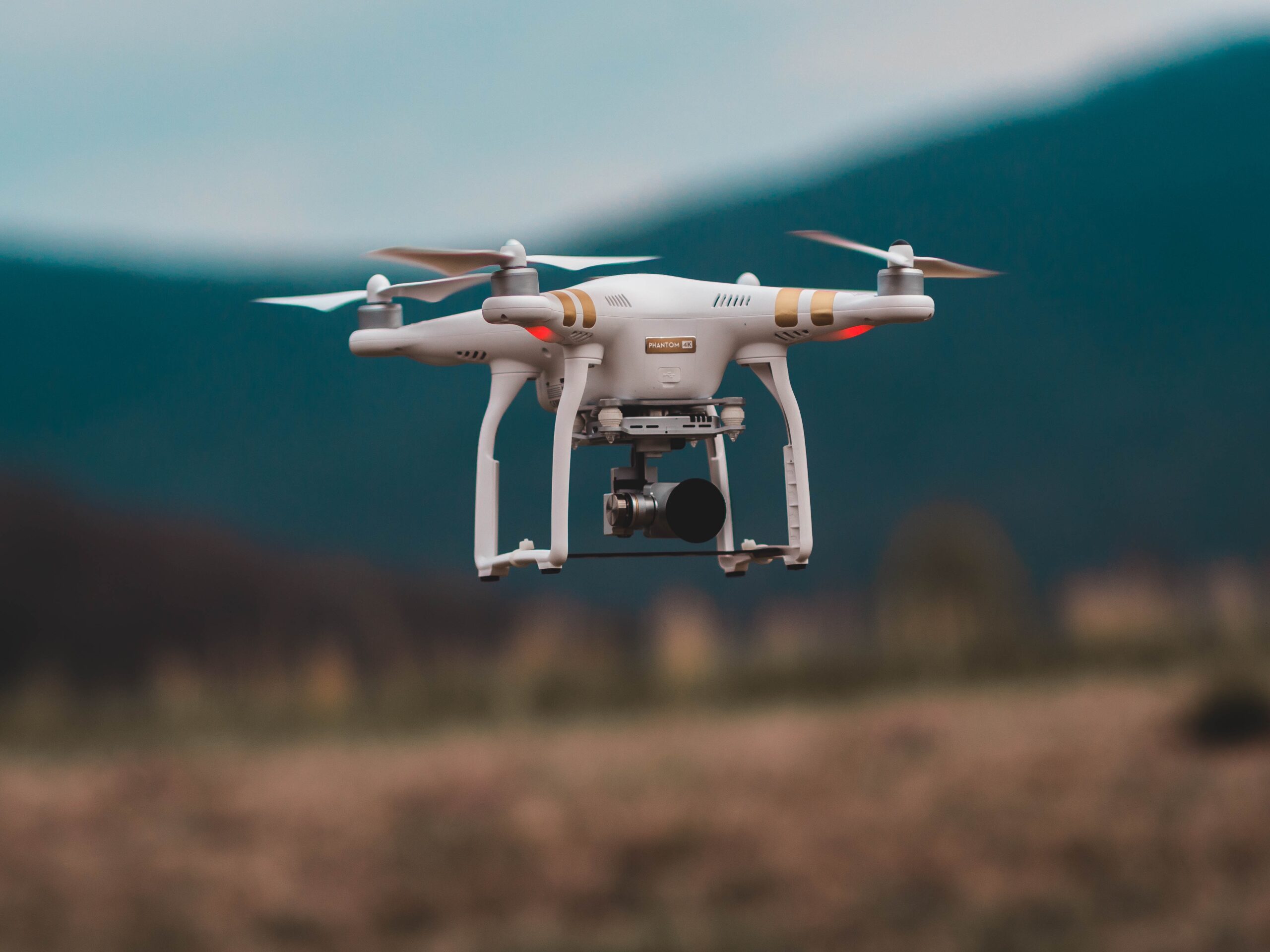Unmanned aerial systems have continuously evolved in capabilities, galvanizing interest and investments of service providers, OEMs, and software developers. Drones continue to generate enormous interest for myriad industrial and commercial applications and in government sector worldwide. The commercialization prospects of drone-as-a-service are transformative, given the disruptive potential drones have shown in umpteen number of pilot studies. Over the years, steady technological advancements and increasing government oversight have pivoted recent strides in drone services market.
Easing Government Regulations Impart Policy Push for Drone-as-a-Service
Innovations in the drone technology are diffusing fast to attract interest of businesses in multiple industries. The drive for R&D in the drone services market has stemmed from gradual liberalization of the drone policies. As wireless networking technologies and designs advanced, so did the public safety and health concerns of UAVs. As a result, over the years, regulatory agencies have become receptive of the possibilities drones can be put to.
In developed nations such as in North America and recent emerging economies, regulatory impetus has broadened the horizon for service providers in the drone services market. Stridently, remarkable opportunities are found particularly in agriculture, mining, energy and utility, construction, and entertainment applications.
For List of Key Players and Full Segmentation, Ask for a Sample Report.
Liberalization of Drone Policy Incentivized Multiple Applications
The value chain of ecosystem of players in unmanned aerial system (UAS) industry has been massively enriched by the wide-ranging applications of the flying robots. These are increasingly being harnessed by industries to target high-profile applications including professional videography, surveying, inspection, and aerial photography. Drone companies have captured significant value from the demand for drone services in the mining sector, for instance, in recent times. The liberalization has opened floodgates of opportunities in drone services market on multiple fronts in countries around the world. Economies are spending on skilling the workforce such as training the drone pilots. The PLI Scheme in India is another enabler for cementing the prospects of drone manufacturers, which will enrich the landscape of the drone services market.
Advancing Capabilities to Build Up Optimism
Recent trends in the drone services market highlight that in some regions, investments in drone start-ups are expected to build up new capacities for service providers. High networth individual (HNIs) are testing the water by spearheading the trend. A recent case in point is that of Omnipresent Robot Tech in India attracting fresh round of investments from Gruhas Proptech, the investment arm of True Beacon. The drones are deployed in multiple plants of energy companies such as ADB plants, UltraTech Cement, and Adani Green Energy. More opportunities are likely to emerge in the oil & gas industry elsewhere from growing participation of start-ups in the drone services market.
Rapid Penetration in Developed Regions—North America Market at Forefront
Developments in North America have fueled tremendous prospects for the global drone services market. Many U.S. companies are offering services to clients outside the region, such as to clients in Japan. A case in point is the demand for autonomously flying drones for delivering medical supplies in drones in Japan by Zipline, an U.S. companies specializing in drone delivery.
While developed regions have been early adopters of drone services, emerging economies are likely to be the target for future business opportunities in the drone services market. This has opened some promising avenues in Asia Pacific economies, such as in India, for instance.
Applications Abound in Agriculture—Push Toward Precision Agriculture Enrich Possibilities
Aerial photography underpins a vast lucrative avenue for drone service providers especially for those looking to serving the demands in the agriculture sector. Companies have ramped up investments to produce drones for meeting the use in multiple agriculture applications. Penetration of drone services has increased in crop health monitoring and farm operations. Particularly, the technology is proving to be transformative in use for evapotranspiration estimation and pesticide spraying. This evidently will open up new vistas in precision agriculture practices.
Advancements in aerial photography technologies are expanding the canvas for companies in the drone services market meeting the demand in agriculture applications. Sensors equipped with AI are being adopted for differentiating between healthy and pest-infested plants in precision agriculture.





























